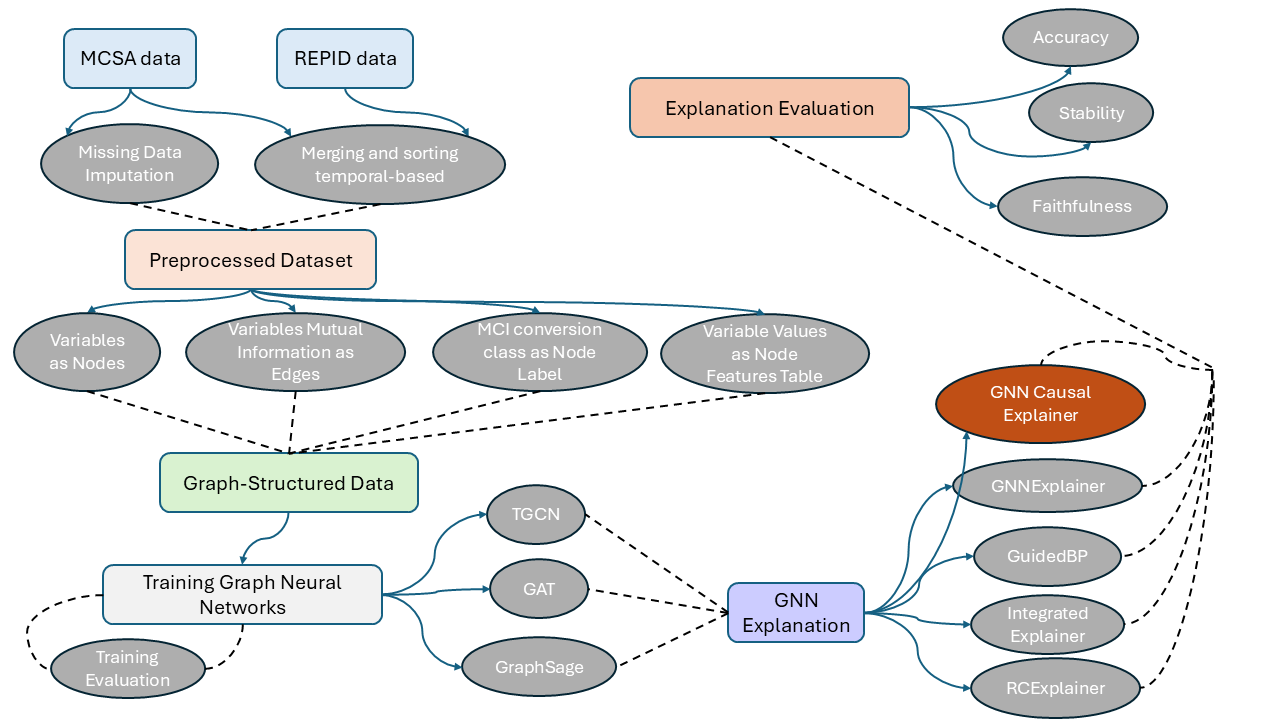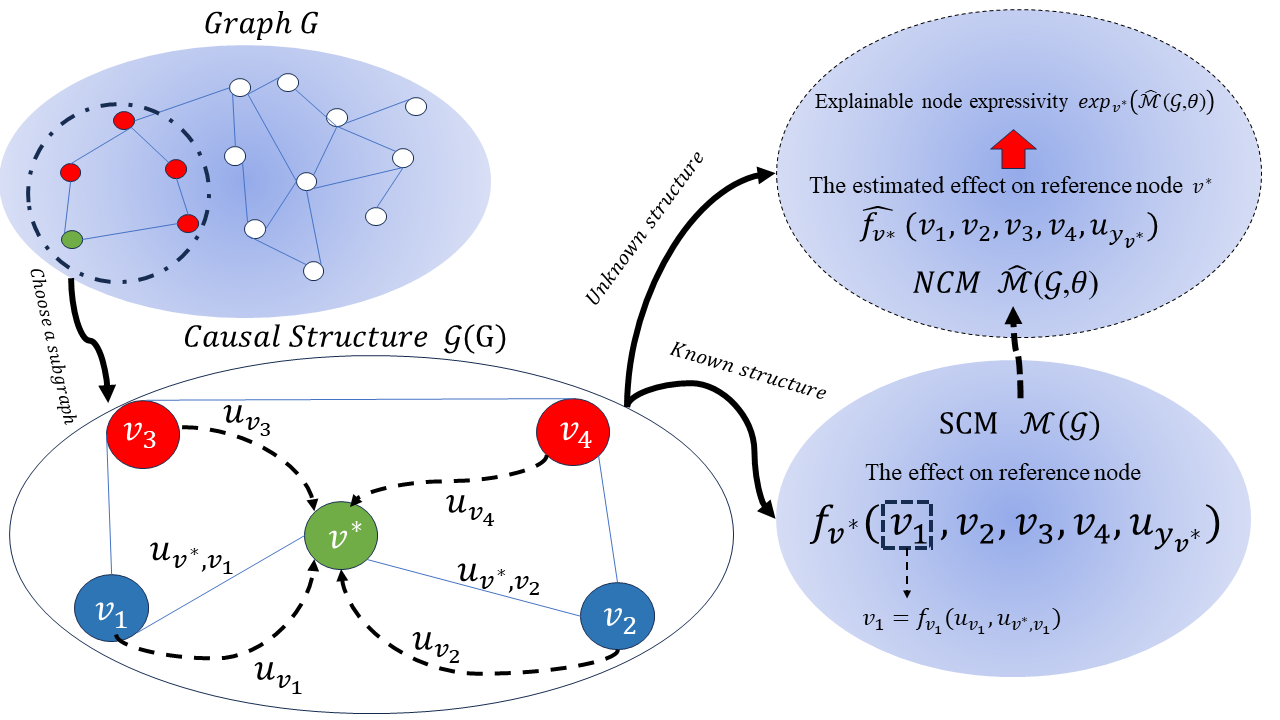Hi there, I'm Arman Behnam!

|
I'm a Founding Researcher at a Quis.Inc startup pioneering GNN-powered search technologies. My research focuses on pushing the boundaries of Graph Neural Networks, with breakthrough methods that have outperformed all state-of-the-art approaches in GNN explanation, published at top-tier venues including ECCV and NeurIPS. I'm a CS PhD at Illinois Institute of Technology (IIT). I am fortunate to be advised by Dr. Binghui Wang, as a CS research scientist at IIT. Previously, I was an AI Research Scientist at Mayo Clinic, where my GNN research contributed to breakthrough methods in Alzheimer's disease research, co-authored with world-renowned expert Dr. Ronald C. Petersen. I also served as Founding Head of Data Science at Golrang Industrial Group (Iran's largest industrial group with 100+ subsidiaries), where I established and led their machine learning-driven data science division. My journey in AI began as one of the youngest college lecturers at Jahad Daneshgahi Sharif, where I founded Iran's first and most prominent Deep Learning/Neural Network teaching platform in 2018 — years before such educational resources became mainstream. This early commitment to democratizing AI education reflects my belief in the transformative power of knowledge sharing. I serve on the Editorial Board of the American Journal of Lifestyle Medicine and regularly review for leading publications including Journal of General Internal Medicine and The Journal of Primary Prevention. View my Web of Science author profile for complete publication record. |
|
I am broadly interested in redefining causal Machine Learning (The knowledge of cause and effect for learning) to artificial intelligence as a backbone for theoretical computer science. I am also applying my new algorithms and frameworks on real-world datasets to explore the information within images, graphs, social networks, and protein chains. More technically, I am now working on causal representation learning for language models. |

|
Arman Behnam, Binghui Wang 39th Annual Conference on Neural Information Processing Systems; December 2025 paper / project / code / poster openreview
|

|
Arman Behnam, Muskan Garg, Xingyi Liu, Maria Vassilaki, Jennifer St. Sauver, Ronald C. Petersen, and Sunghwan Sohn International Conference on Bioinformatics and Biomedicine(BIBM); December 3rd, 2024 paper / code / video
|

|
Arman Behnam, Binghui Wang 18th European Conference on Computer Vision; July 2024 paper / code / video
|


|
Arman Behnam, Roohollah Jahanmahin Modeling Earth Systems and Environment; Jan 30th, 2021 paper / code
|

|
Arman Behnam, Payam Mahmoudi 17th Iranian International Industrial Engineering Conference; Feb 27, 2021
|

|
Mina Samieinasab, S. Ahmad Torabzadeh, Arman Behnam, Amir Aghsami Healthcare Analytics; Nov 27th, 2021
|
|
|


|
IoT Enabled Multi-Energy Systems; From Isolated Energy Grids to Modern Interconnected Networks 2023, Pages 69-86
|

|
IoT Enabled Multi-Energy Systems; From Isolated Energy Grids to Modern Interconnected Networks 2023, Pages 87-109
|
What am I doing right now?
I've been focusing on moving forward strongly and improving myself this fall, working on my ideas, and doing research to solve the ultimate Structure-Agnostic Causal Representation Learning for mixed domains with structure agnostic approach.
The series I am watching
The movies I watched over the past month
The book I am reading
The course I am learning
The sport I am doing
Hiking, Gym and Neuru Martial Arts. It's been a beutiful fall!